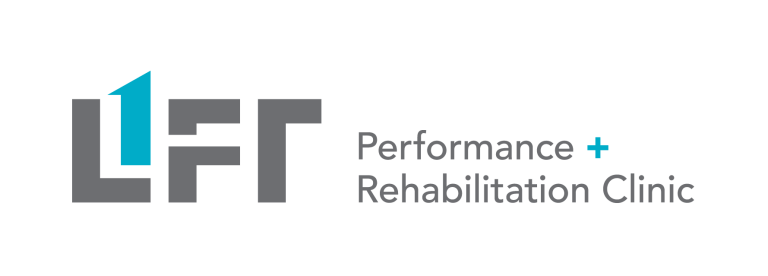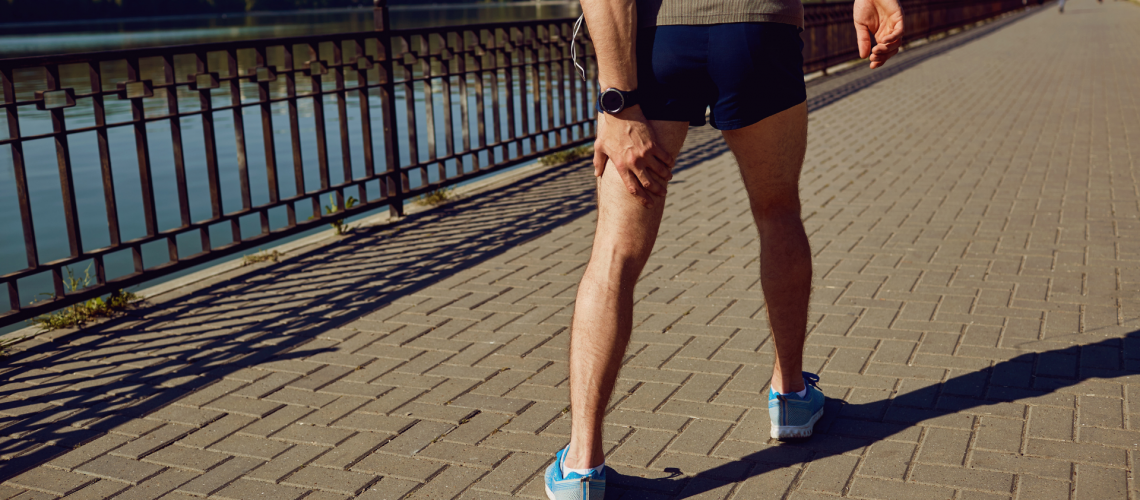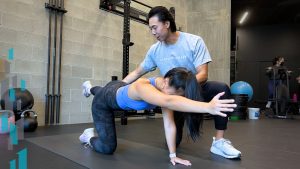What are Muscle Strains?
The skeletal muscles contract to move our bones around. Each muscle is made up of thousands of fibres. When the load on the muscle is greater than the capacity of the muscle, there is a larger risk of tearing of the muscle. The capacity of the muscle is affected by the strength, endurance, fatigue state. Although it is more common with athletes, due to the requirements and nature of the sports, tears can also happen to anyone if there is a sudden spike in frequency, intensity and time spent doing activities. Acute tears can also happen in accidents such as falls or motor vehicle accidents, where a body part may be put in an awkward position and the muscle is overstretched to the point of tearing.
Common muscles strains that are injured are the hamstrings, calf muscles, quadriceps, hip flexors, hip adductors, pectorals, and rotator cuff muscles. The reason why these muscles are more prone to injury is because some of them are two joint muscles (which can lead to overstretching), and the amount of eccentric activity required.
For example, a volleyball player may suffer a rotator cuff strain if they have a sudden change in the amount of hitting that they need to do. With each swing, the posterior rotator cuff muscles have to work eccentrically to control the arm and decelerate the swing (to hold the shoulder joint in place). The harder the swing, the stronger the eccentric contraction needed to decelerate the swing. If the player starts to feel discomfort in their shoulder after a big tournament, where they may have had to spike and serve overhead many times, their muscles get fatigued (or is possibly strained). If they rest for a few days, the shoulder tends to feel better and they can play again at full capacity. However, if the player was to play a whole week of tournaments at the same intensity, ignoring the discomfort, the posterior cuff muscles may be overloaded to the point where more tears happen (affecting performance, and increasing pain).
What is the Recovery Time for Muscle Strains?
There are different grades of strains, and depending on the amount of damage done to the fibres, the recovery times vary.
- Grade I or mild strains occur when a small amount of fibres are damaged. This usually occurs when the muscle is overstretched, but doesn’t tear. There is no loss of strength of movement, but you might feel some pain and tenderness the next day, but usually settles in a week.
- Grade II or moderate strains occur when more fibres are injured and torn, but the muscle has not been fully torn. A grade II strain will feel much more painful and there will be limited movement and strength in the muscle. There may be some swelling and bruising involved. Grade II strains may take 4 to 8 weeks to fully heal up.
- Grade III or severe strains occur when all the fibres are completely torn, or the tendon is torn off the bone. You will usually hear a popping sound with a grade 3 tear, and it will be extremely painful and swollen. The muscle may not be able to take any load after a full rupture. Recovery times for complete tears can be variable due to the potential need for surgery. Typical recovery time for a complete tear is at least 3 month.
What can be done about muscle strains?
The first step to recovery is to apply the POLICE principle. It’s a modernized approach of the classic Rest, Ice, Compress and Elevate.
Protection: Initially you want to protect the injury from further damage, but that also doesn’t mean immobilisation. You should still be able to engage in your day to day activities. However, limit the amount of movement/load to levels that aren’t stressful to the tissue.
Optimal Loading: You want to be correctly loading the tissues to stimulate healing. For example, you may incorporate some active contractions to help with swelling. Gentle range of motion movements may help prevent stiffness in the joint during recovery. Continuing to load proximal and distal joints may help with reducing muscular atrophy. Optimal loading also means that for certain injuries like severe fractures, you do not want loading through that structure.
Ice: Ice can be used to minimise the swelling, and reduce the acute pain of the injury. The reduction in pain and swelling may allow you to do some of the optimal loading strategies. It is important to note that prolonged use of ice after the acute phase may slow down the healing process.
Compression and Elevation can further help to manage swelling.
It may be a good idea to revisit your training and game schedule to ensure there is enough time for the body to recover between sessions.
How can a Physiotherapist / Chiropractor/ Registered Massage Therapist at Lift Clinic help with muscle strains?
Our clinicians are able to do an in depth assessment to determine what may have caused your strain, and also the severity of the injury. This assessment will allow the clinicians to estimate a timeline for your return to sport, and help guide you along the way with an individualized treatment plan. If our clinicians suspect a full tear / grade 3 sprain, they can refer you out to a specialist for imaging and further investigation.
The treatment sessions with the clinicians aim to help you reduce pain and swelling; and restore function quicker. They will also educate you on ways to balance rest and activity. They can help to determine the optimal load during your stage of recovery, by providing the right dosages of exercise at the right time.
We may also contact coaches or other members of your team to further discuss strategies to reduce the risk of reinjury. Strategies such as joint strapping, braces, warm ups, prehab/rehab programs.
Our clinicians can not only treat injury, but also assess for risks of potential injuries and create plans tailored to minimize risk of injury. For example, we may work with coaches on running technique, throwing technique, lifting techniques or overhead techniques.
The whole recovery process can take anywhere from 2 weeks to a year, depending on the complexity and severity of the injury. Our goal at Lift Clinic is to help you get back to doing what you need to do sooner and better than before.




